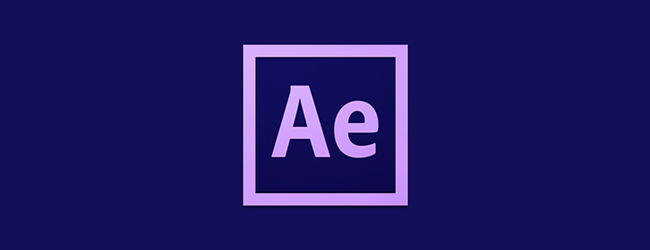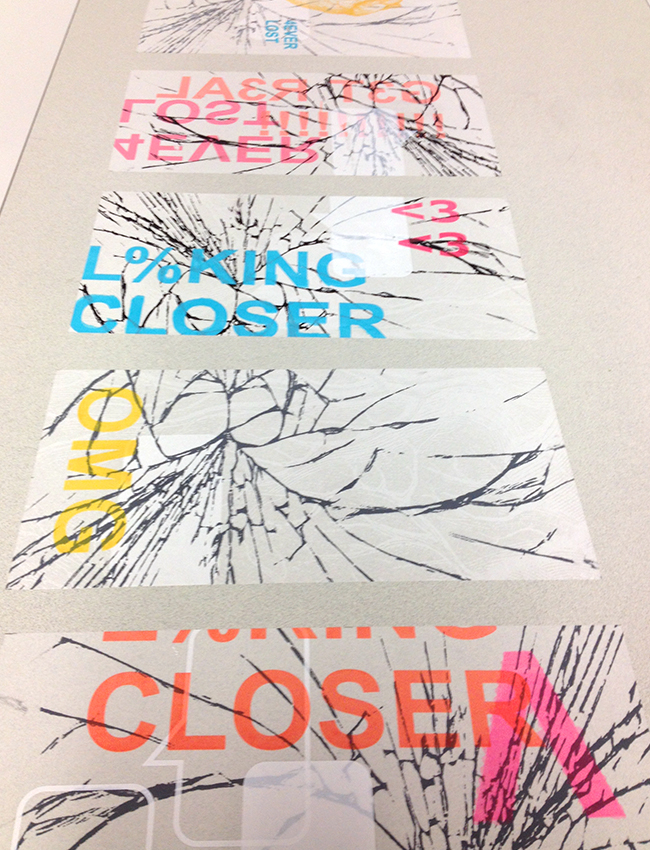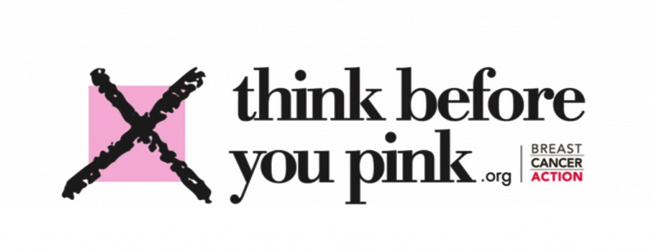
The path ahead is challenging but clear: we need to start reclaiming conversations once again.
Icon Source: Entypo.
Click on the image above to view the video.
This week’s viewing is a TED Talk by Sherry Turkle, professor of the Social Studies of Science and Technology at the MIT. She has spent the last 30 years researching the psychology of people’s relationships with technology.
What struck me at once was the title of the video itself: it emphasizes how we seem to be brought together by technology, yet these elements keep us isolated from each other in terms of social and human interactions. We have never been so connected, yet never so alienated from each other.
In her video, Turkle explains how not too long ago, scientists were trying to figure out how they were going to keep computers busy: for example, they wondered if people would be ready to put their contacts and calendars in the hands of technology (which at the time seemed like a foolish idea, she explained, because people were too attached to the feel of paper). Ironically enough, now it is the other way around, it is the computers that are keeping us busy. Indeed, we seem to have become addicted to this mobile connectivity mainly because our phones, computers, tablets and other electronic devices are always on, and always on us. This developed a certain vulnerability in us, which Turkle explains by the constant connection technology offers. Indeed, we have become intertwined in this mix between reality and virtual life. As a result, we seem to avoid real life commitments (like talking on the phone) and we prefer texting than talk to a person face to face. Turkle clearly states that we have developed an addiction to technology, but we are nowhere near accepting of letting go of this “drug”. In other words, we are slaves to our technology, but we like it.
Another important issue that Turkle mentions in her talk is that we have become too busy communicating to think, or even to create. Distractions are all around us, all the time; we cannot think without being interrupted.Therefore, we have lost the notion of being alone, and we do not know how to restore ourselves in solitude. Even in the most intimately alone time, we do not take the time to reflect on one’s self; instead, we see this free time as an opportunity to check our cellphones one last time… Even when we go the use the bathroom, most of us take our phones with us !
Needless to say that this flood of connections affect the self in many ways, since we are becoming lonely, longing for friends yet fearing the actual long-term commitment that comes with an actual in-flesh relationship. It is obvious that the time has come for us to turn the camera towards ourselves, to look ourselves in the mirror and make corrections on our addictive behavior. Like Turkle said in her video, the path ahead is challenging but clear: it is time to reclaim and start conversations again.












